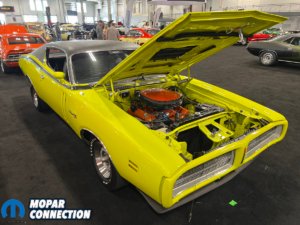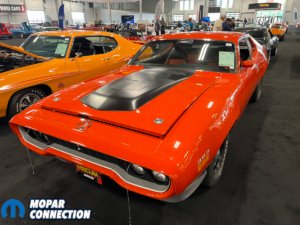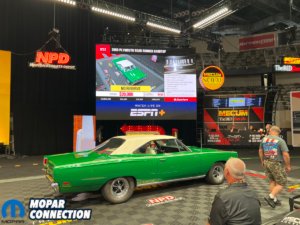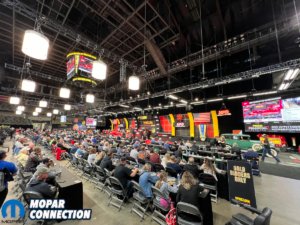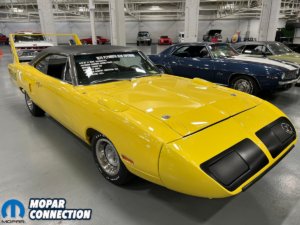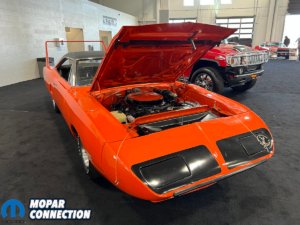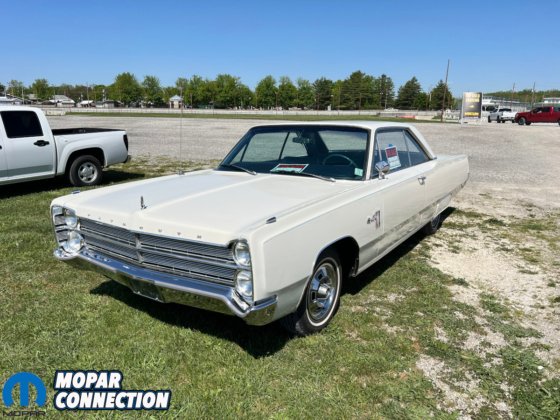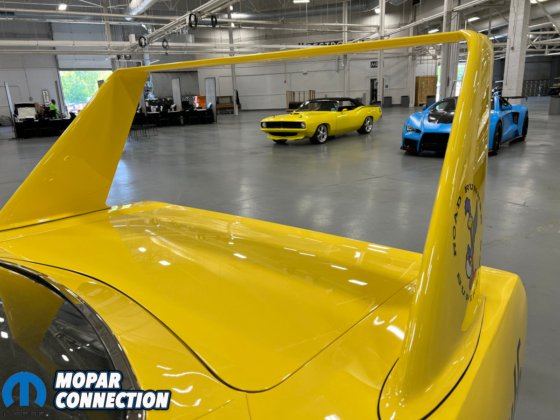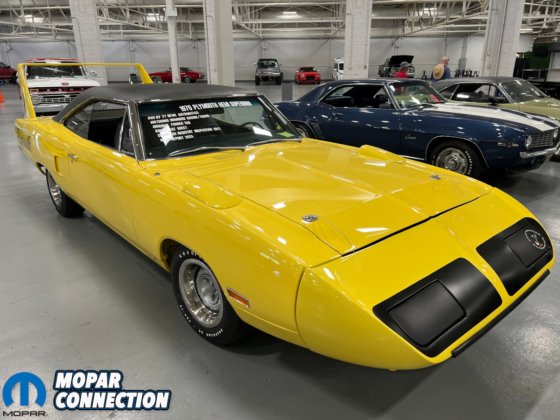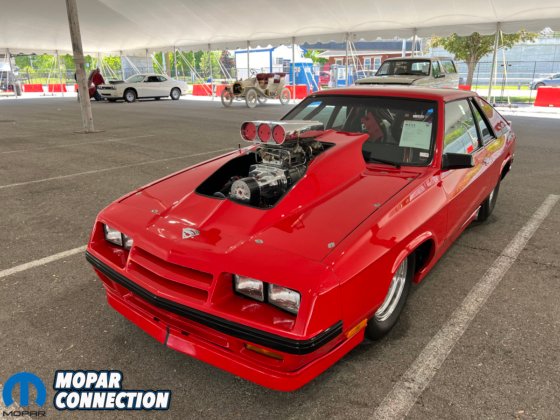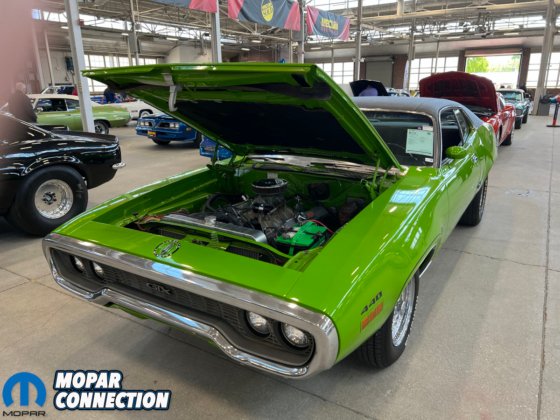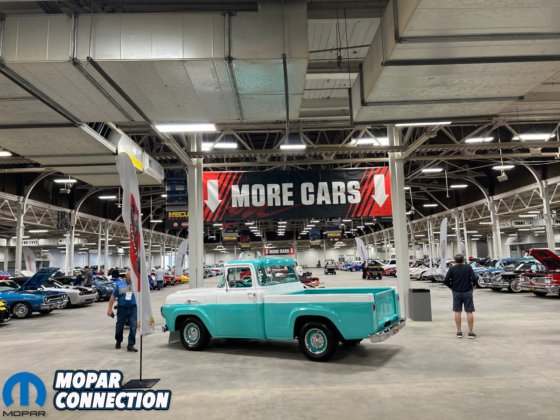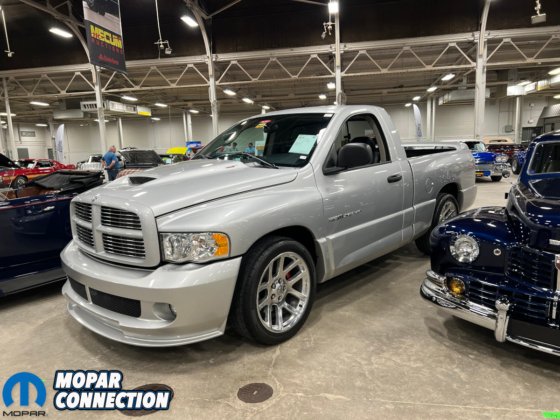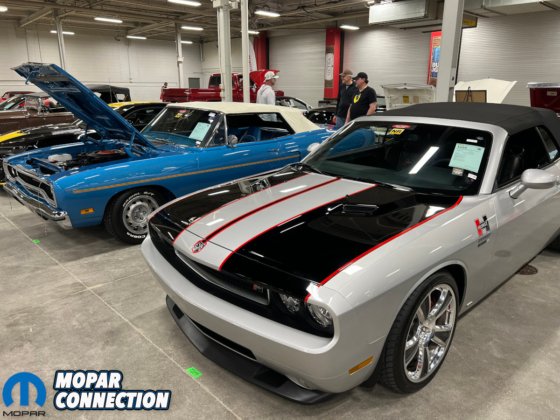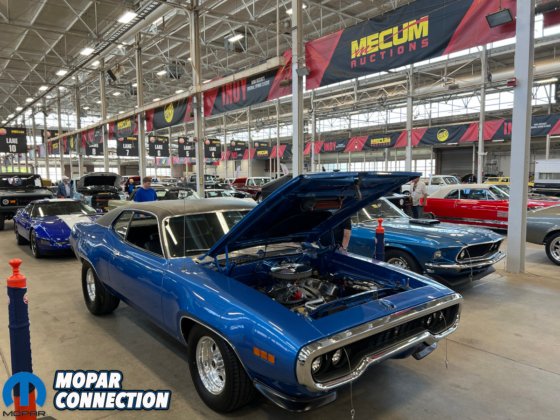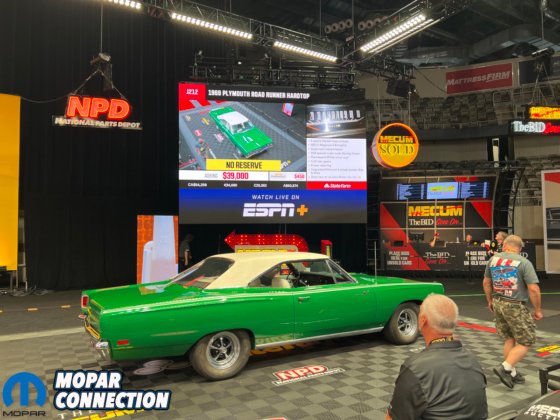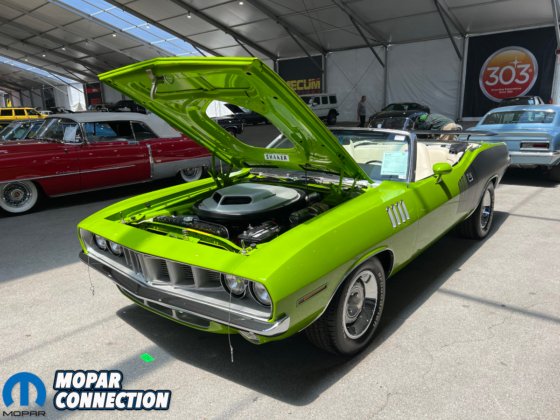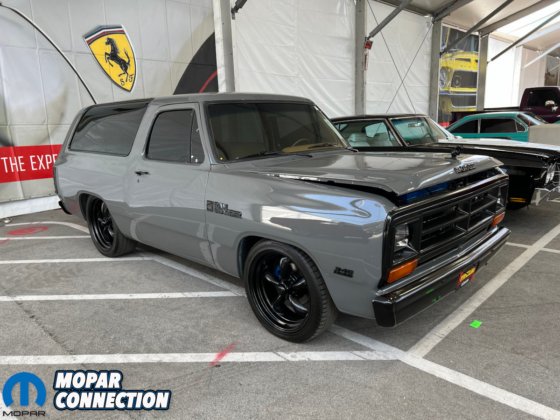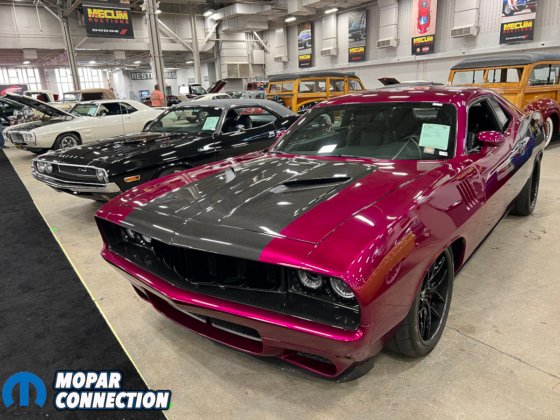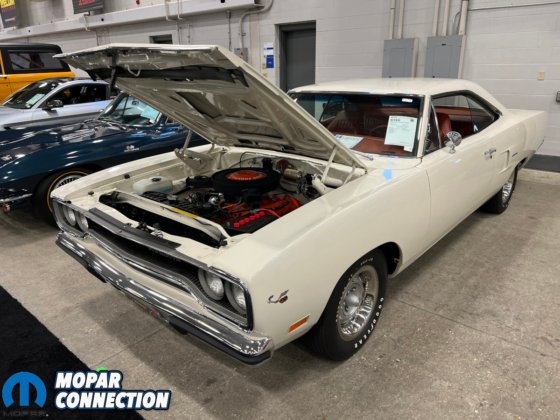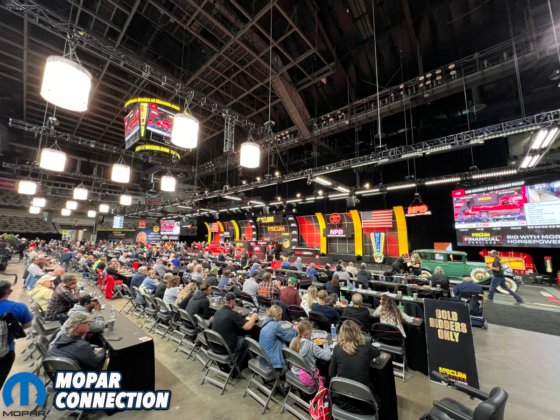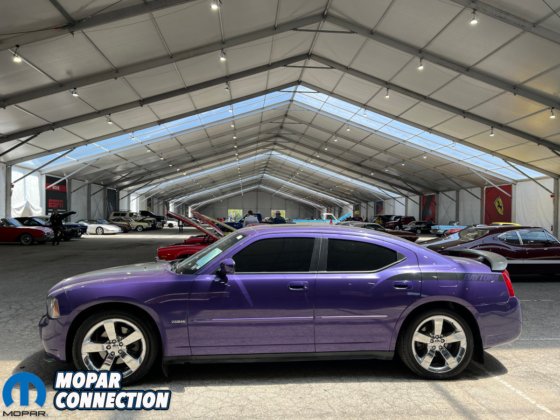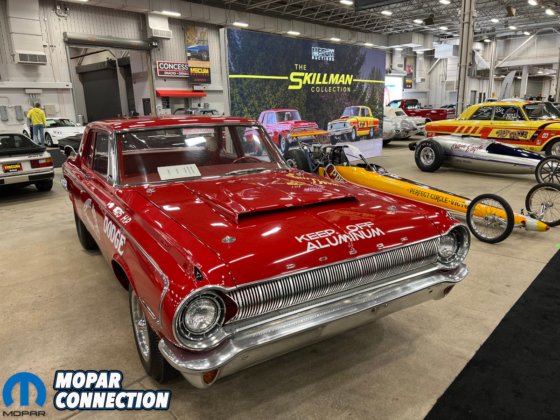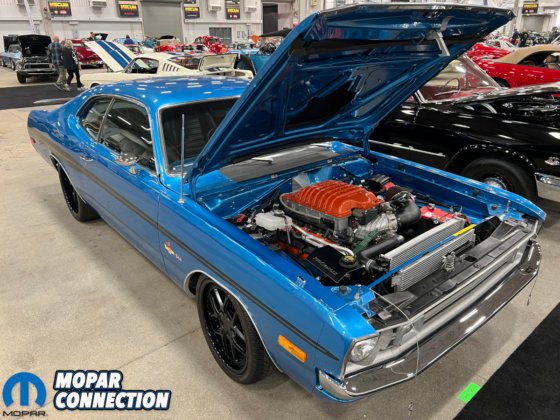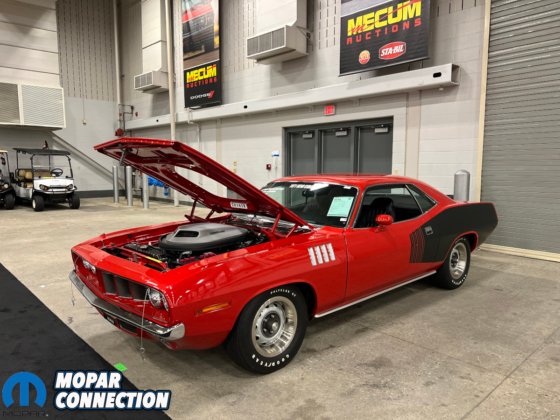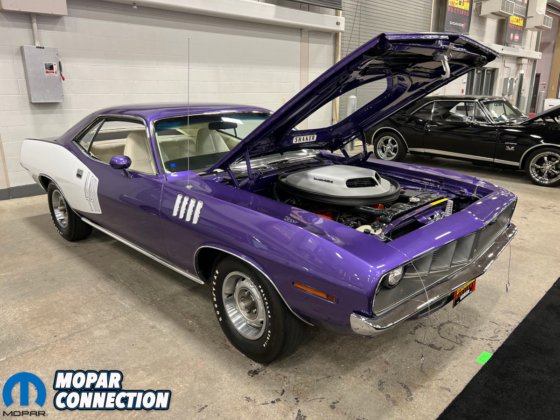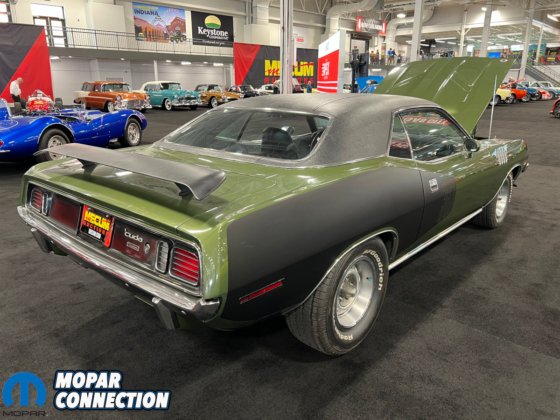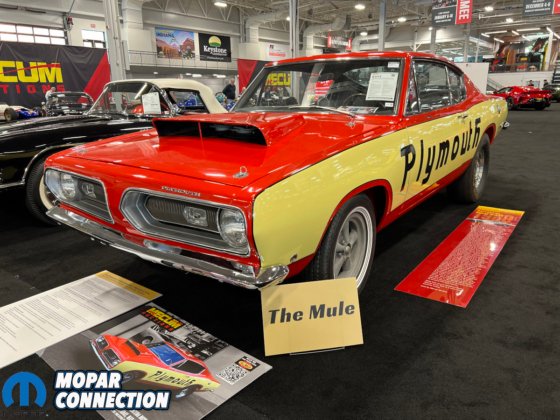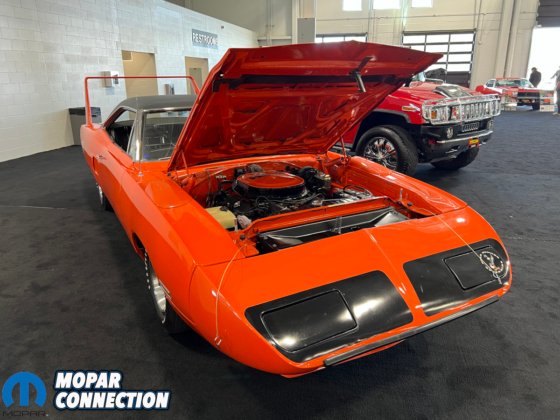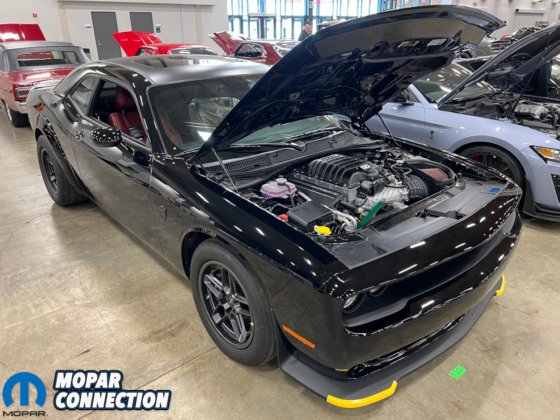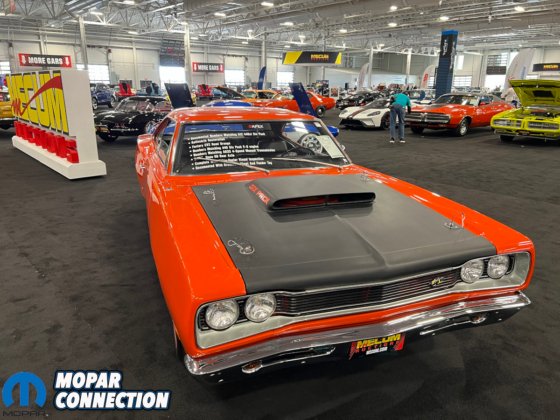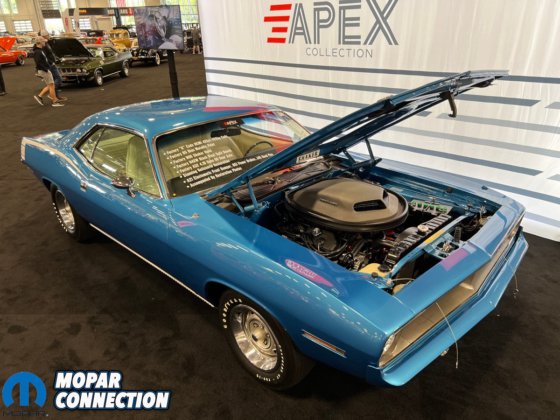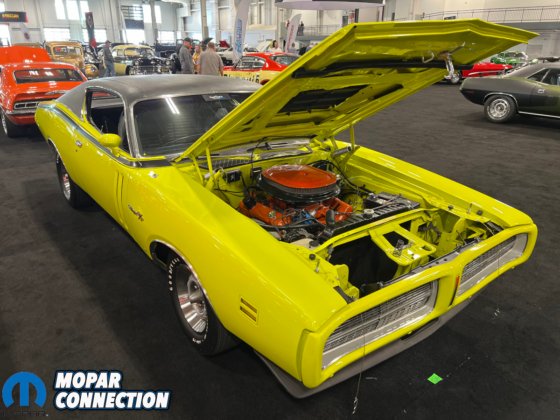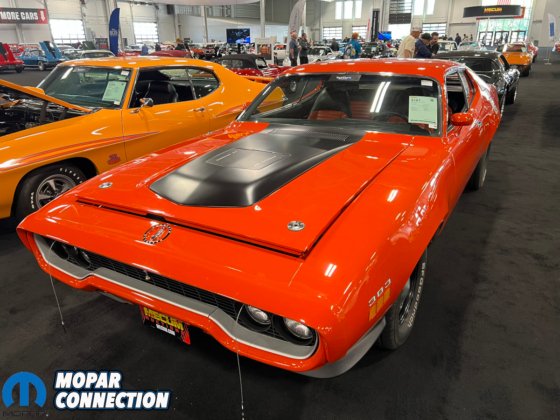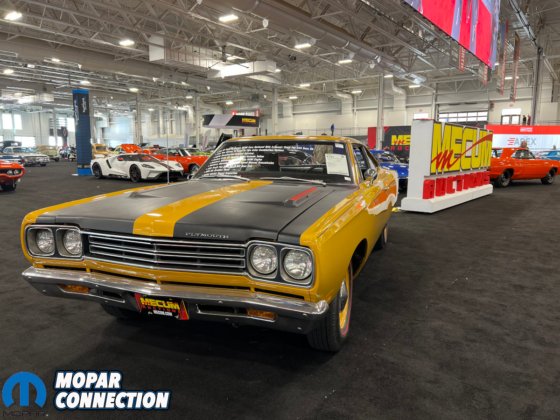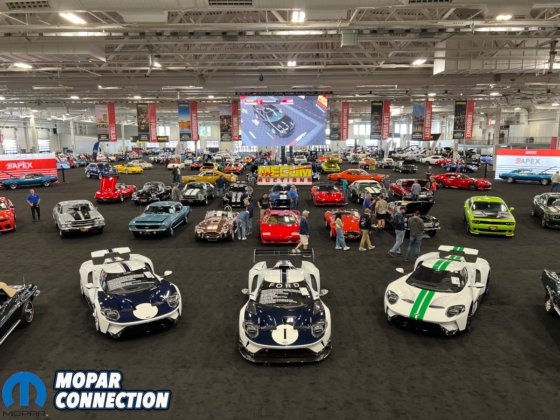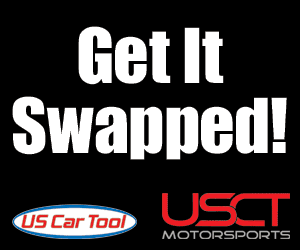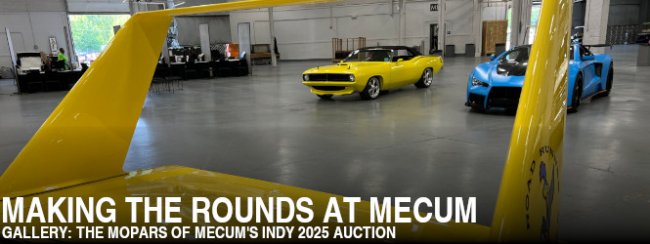 Regardless of the lot list, prices, or location, a Mecum auction is, above all, an experience. Now, the experience can vary pretty widely depending on if you go as a spectator, bidder, or friend of a bidder. But the one common theme for all is that if you’re a car guy or gal, you’re going to have a good time.
Regardless of the lot list, prices, or location, a Mecum auction is, above all, an experience. Now, the experience can vary pretty widely depending on if you go as a spectator, bidder, or friend of a bidder. But the one common theme for all is that if you’re a car guy or gal, you’re going to have a good time.
We were lucky enough to get ahold of some gold guest passes from a friend for the Indy auction this year, but general admission spectator tickets at $30 for one day and $75 for three days were pretty reasonable for those looking to drop in. Bidder registration and tickets were a little different with standard, annual, and gold packages available.

Keep in mind that most Mecum events span more than seven days and Indy was no exception with auction action from Friday, May 9, through Sunday, May 17. Almost 2,300 cars crossed the block and about 200 of them were of the Dodge, Plymouth, or Chrysler variety. That’s a number that rivals some Mopar-only car shows.
Of course, both ends of the value spectrum were covered. A 1991 Chrysler New Yorker sedan caught bids before a 1970 Hemi Plymouth ‘Cuda did a few days later and rest assured that the hammer prices were very different.
No matter your favored flavor, just walking in the front door at the Indiana State Fairgrounds was an experience all in itself. Right inside the Indiana Farm Bureau Fall Creek Pavilion was a sea of motorsport treasure laden with muscle cars and sports cars alike.
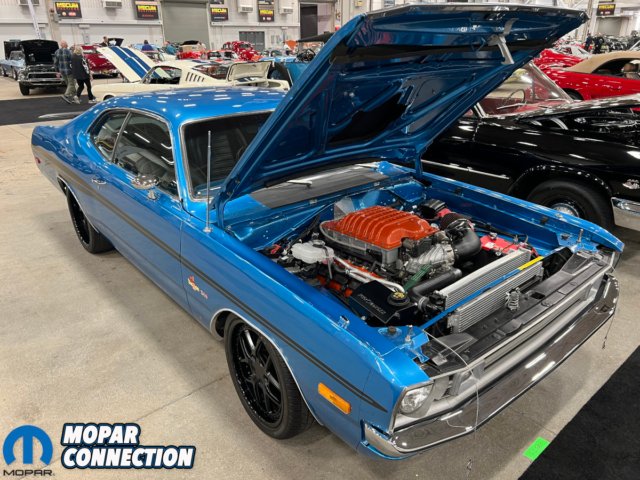 Unsurprisingly, Dodge and Plymouth were well-represented in the headline building, most of which were part of the Apex Collection. Two rarities flanked the Mecum Auctions monument in the center with a 1969 Hemi Plymouth Road Runner on the left and a 1969 440 Six Pack Dodge Super Bee on the right.
Unsurprisingly, Dodge and Plymouth were well-represented in the headline building, most of which were part of the Apex Collection. Two rarities flanked the Mecum Auctions monument in the center with a 1969 Hemi Plymouth Road Runner on the left and a 1969 440 Six Pack Dodge Super Bee on the right.
The Hemi Road Runner was a purported survivor with special order (code 99) Bahama Yellow paint. A four-speed transmission and 3.54-geared Dana rear end helped hoist the price tag to $275,000. The A12 Bee, on the other hand, settled in at $148,500, which was actually what both ’69 Six Pack Super Bees at the auction ended up selling for.
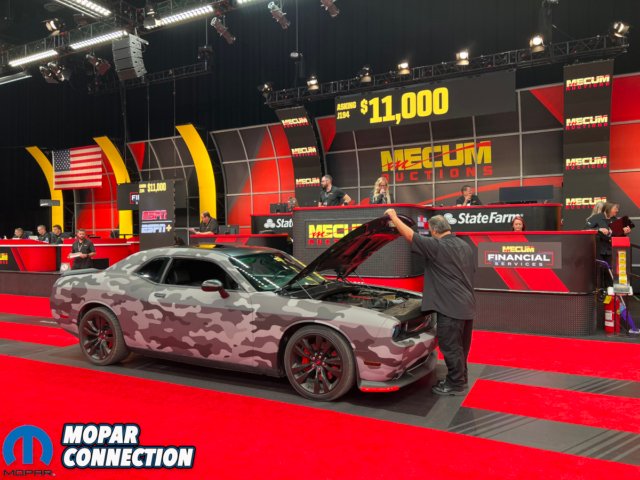
That was just the tip of the high-priced iceberg in that first building. We also drooled over a 1971 Plymouth Road Runner with Halloween paint scheme ($77,000), 1971 Dodge Charger R/T 440 Six Pack ($120,000), and 1971 Plymouth ‘Cuda with billboards ($132,000).
Thoroughly entranced, we stumbled from there into the Blue Ribbon Pavilion, then the Ball State University Champions Pavilion, then the South Pavilion, then the West Pavilion. Building after building after building were bursting at the seams with high-quality automobiles.
And just when we thought we’d seen them all, we stepped outside to catch our breath and were greeted by another sea of vehicles. Tents set up in the parking lots housed even more cars and we were soon what felt like miles away from the auction’s center stage. The atmosphere was very much like a thirty-acre car show, but where every entry is for sale.
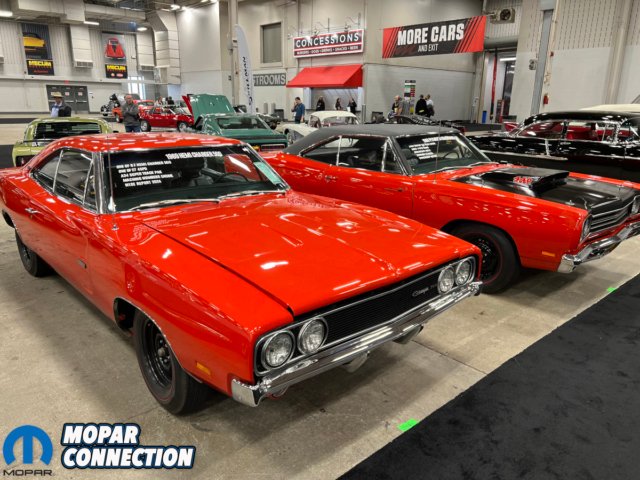
Back at the block, your grandma’s 1987 Chrysler Fifth Avenue was slipping by center stage. Sporting a svelte black exterior with red stripes and a matching red interior, it was barely broken in at just 37,396 miles. And yet, it went unsold at a paltry $4,000 as proof that not every Mecum car is a millionaire machine.
Actually, none of the Mopars topped seven-figure territory. The high-water mark was a yellow 1970 Plymouth Hemi Superbird at $605,000. Rounding out the top five were an export 1971 Plymouth Hemi ‘Cuda ($475,000), another 1970 Plymouth Hemi Superbird ($418,000), a Cream Sickle 2023 Dodge Challenger SRT Demon 170 ($390,000), and the aforementioned Bahama Yellow Hemi Road Runner ($275,000).
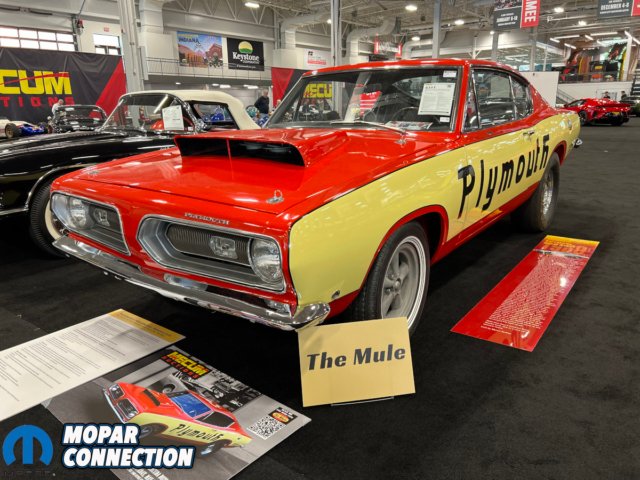 Perhaps the most disappointing hammer drop was The Mule, a BO29 prototype 1968 Plymouth Barracuda. Originally a 340 Formula S fastback, it was Chrysler’s test car for the 426 Hemi Super Stock package. Famous for its giant black Plymouth lettering down each side, this car’s storied history also involves Arlen Vanke and Tony Suppa. All that pedigree was expected to add big dollars, yet the bids barely crept up to $125,000 and it went unsold.
Perhaps the most disappointing hammer drop was The Mule, a BO29 prototype 1968 Plymouth Barracuda. Originally a 340 Formula S fastback, it was Chrysler’s test car for the 426 Hemi Super Stock package. Famous for its giant black Plymouth lettering down each side, this car’s storied history also involves Arlen Vanke and Tony Suppa. All that pedigree was expected to add big dollars, yet the bids barely crept up to $125,000 and it went unsold.
However, it was encouraging to see close to 100 Dodge, Plymouth, Chrysler, and AMCs sell for less than $40,000, proof that there’s still room for the average Joe in these automobiles. All in all, pricing and turnout at this year’s Mecum Indy auction proved one thing: the muscle car market is as strong as ever. But don’t bring your great aunt’s survivor 1986 Plymouth Caravelle here and expect to make enough money to retire.




